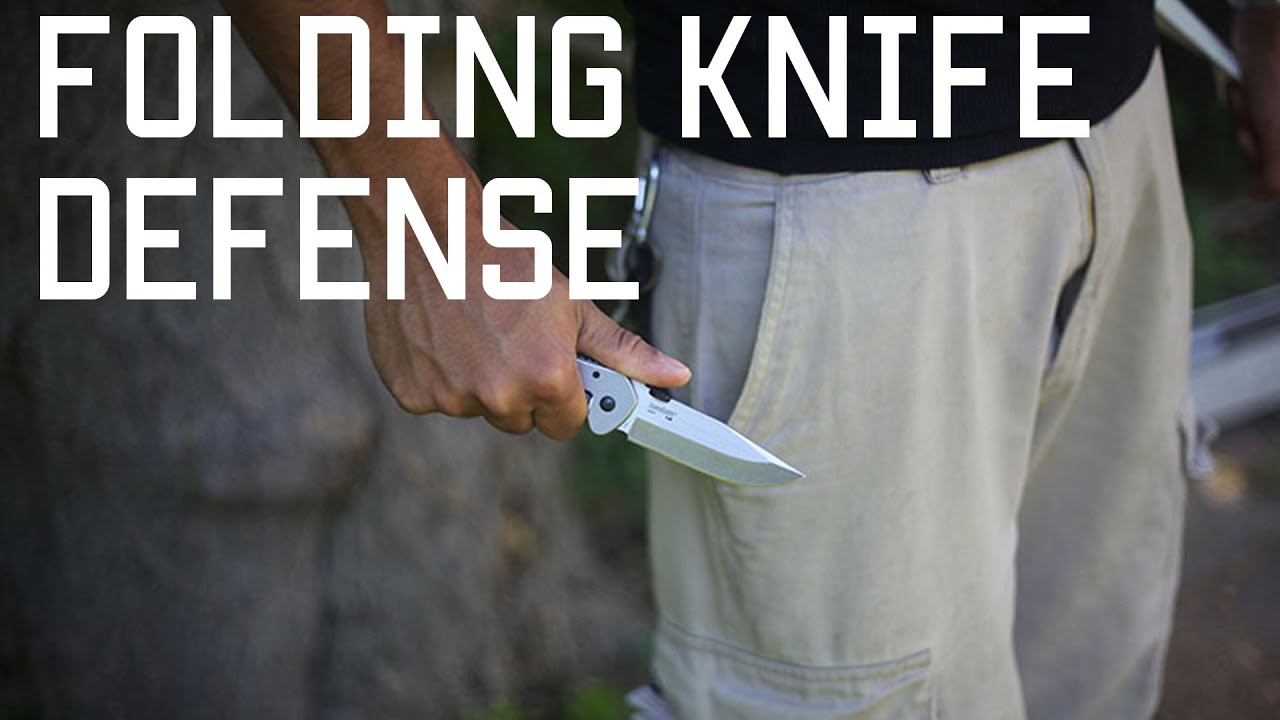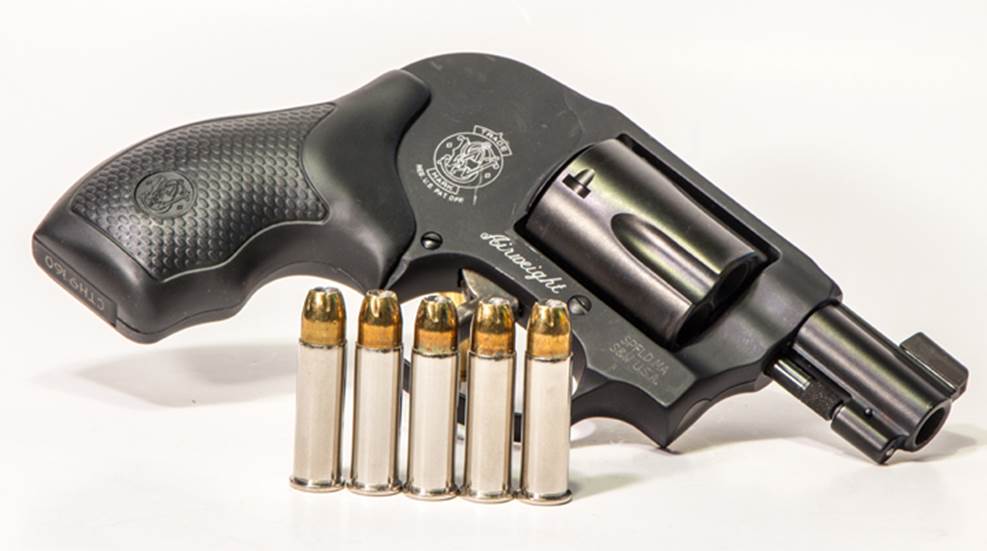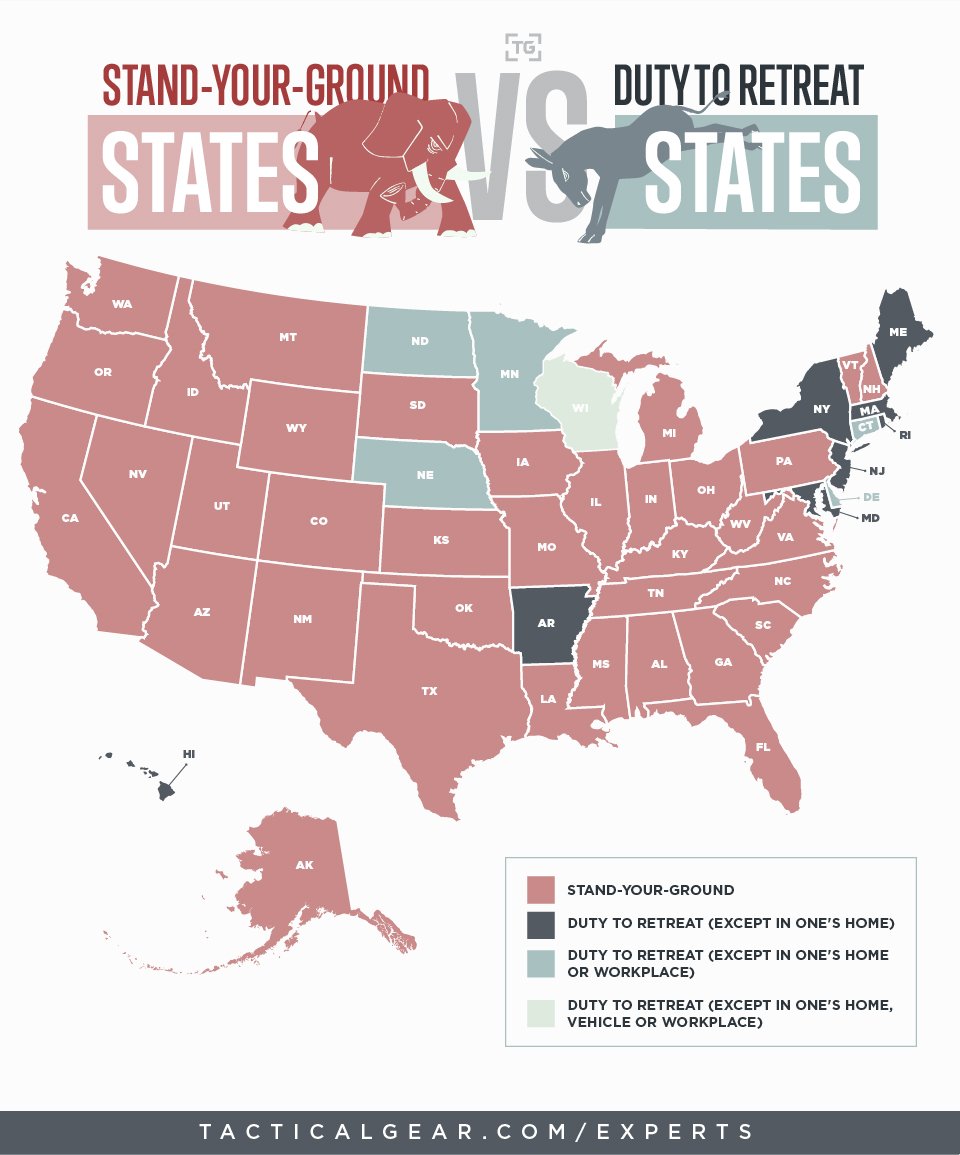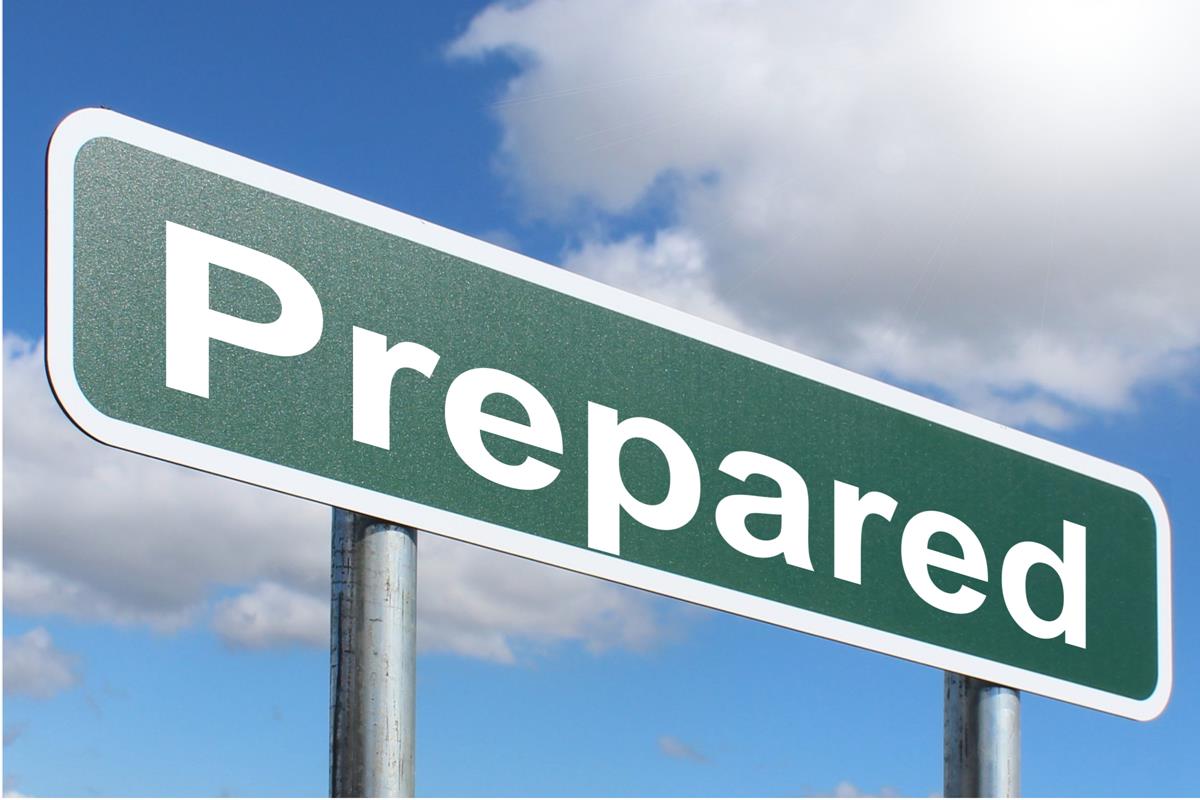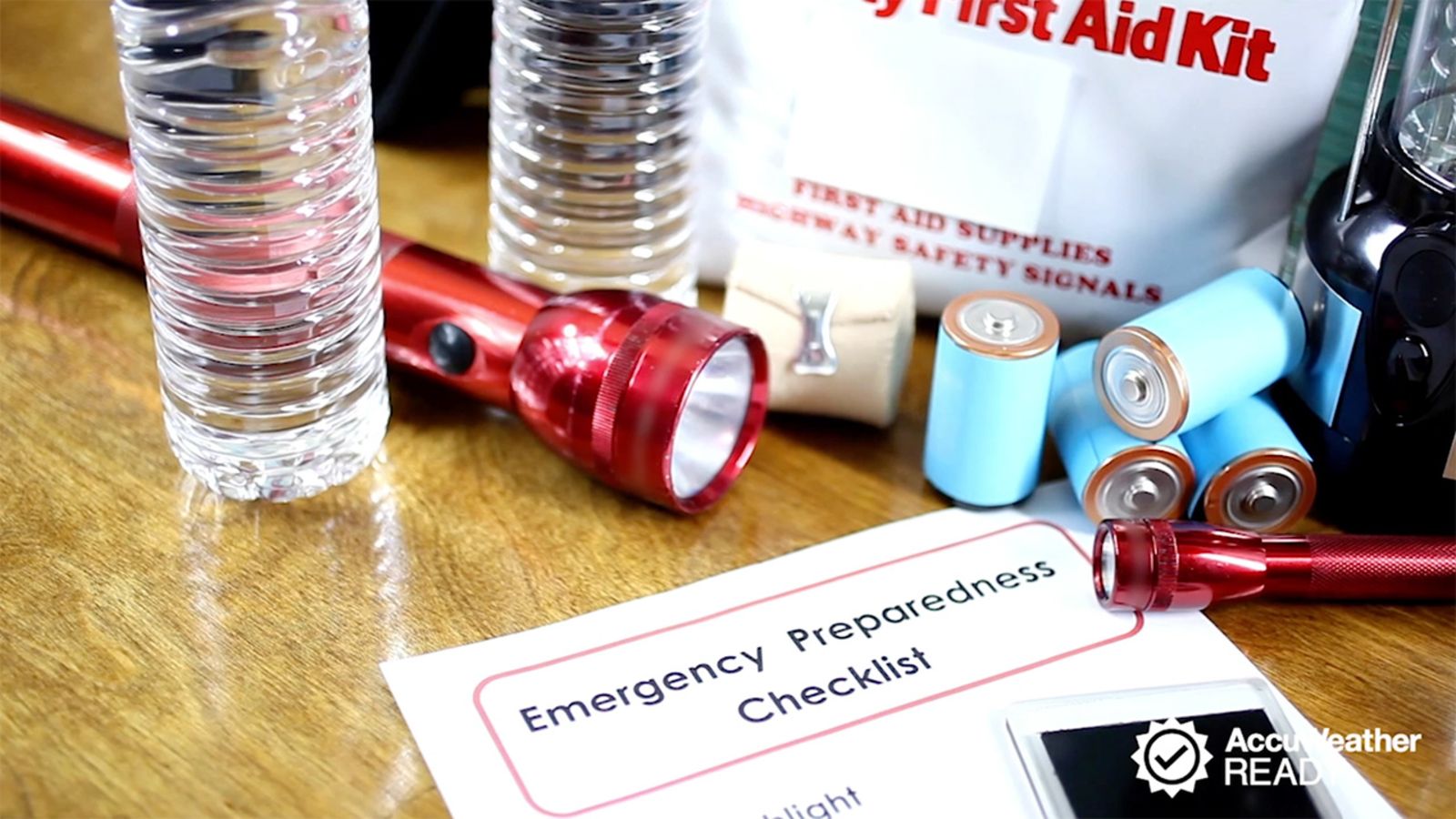A Bug-Out Bag is an essential survival kit designed to provide you with the necessary supplies and equipment to survive in an emergency or natural disaster situation. Its contents should enable you to sustain yourself for at least 72 hours, allowing you to evacuate your home or endure the initial stages of a crisis. Here’s a detailed list of items to include in your Bug-Out Bag:
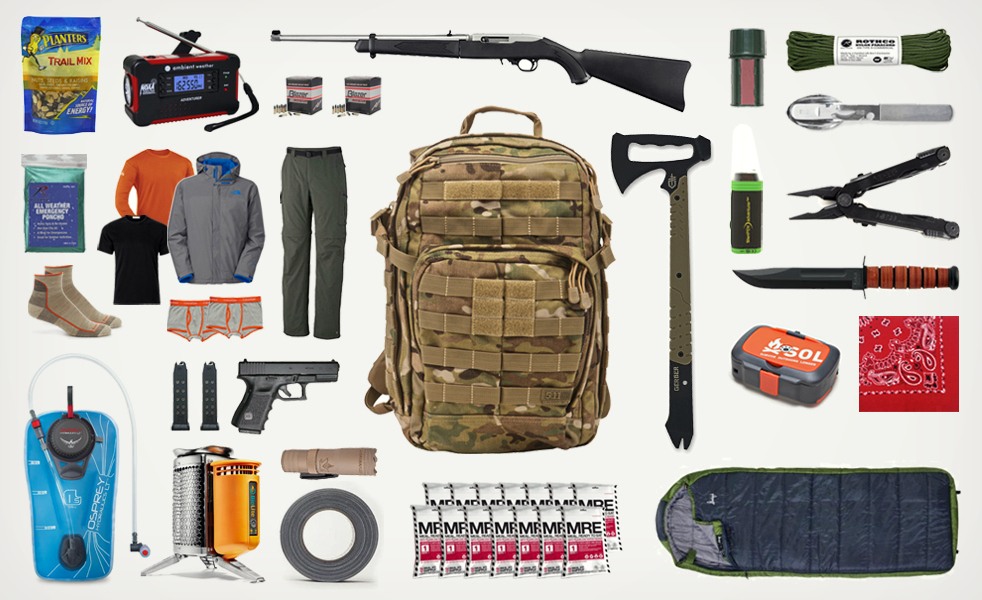
1. Water: Include at least 3 liters of water per person, packed in reusable containers or hydration bladders. Replenish or purify water using water purification tablets or a portable filter if a prolonged emergency occurs.
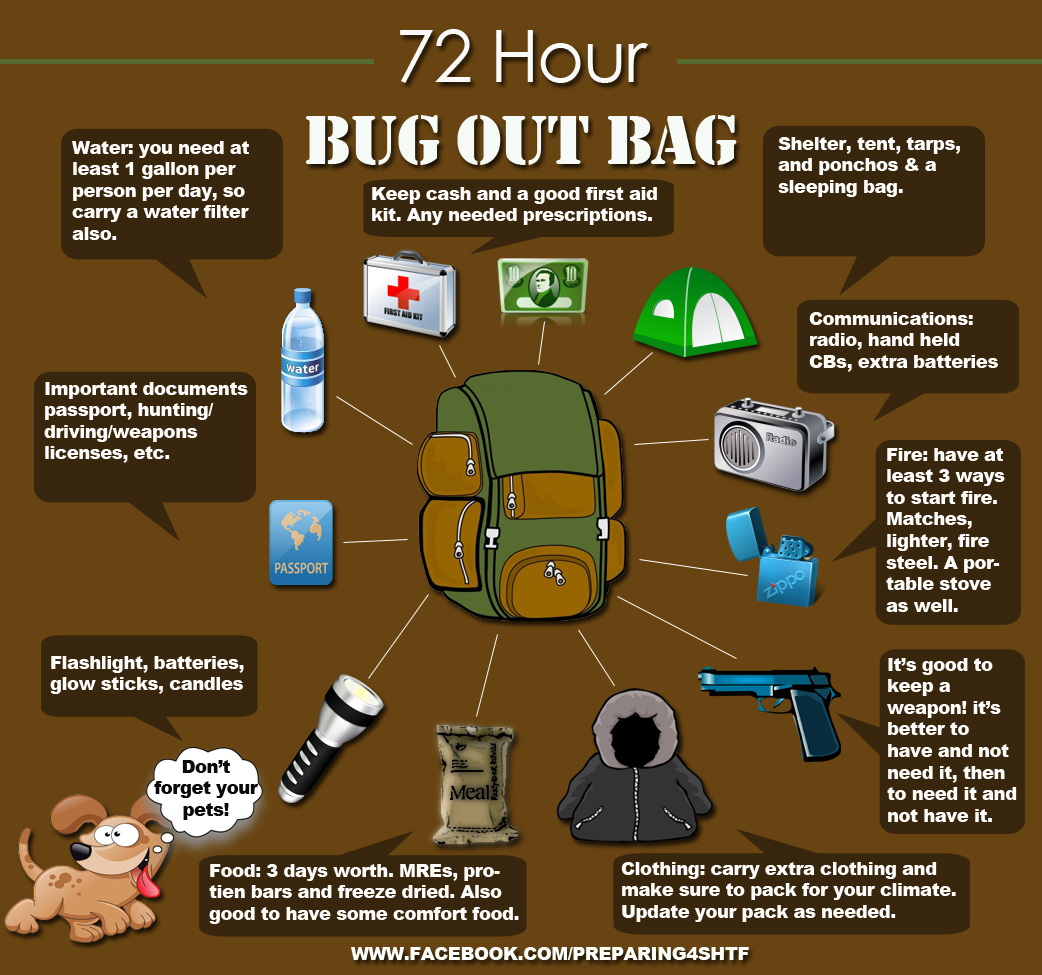
2. Food: Pack non-perishable and easy-to-eat snacks like energy bars, protein bars, dried fruits, nuts, and crackers. Avoid items that require cooking or refrigeration. Consider high-calorie foods with a long shelf life.

3. First Aid Kit: Assemble a comprehensive First Aid kit with essential supplies such as bandages, gauze, antiseptic wipes, pain relievers, and antibiotic ointment. Consider including a CPR mask or AED instructions if qualified.
4. Medications: Pack an adequate supply of any prescription medications you or your family members take regularly. Ensure they’re properly labeled and carry any necessary instructions or information.
5. Clothing and Footwear: Pack layers of clothing suitable for various weather conditions. Include a waterproof jacket, a hat, gloves, and sturdy, comfortable footwear. Consider adding a sleeping bag or blanket for warmth during emergencies.
6. Shelter: Include a compact tent, tarp, or emergency bivouac sack to provide shelter from the elements. Consider a lightweight sleeping pad or inflatable mattress for comfort.
7. Tools and Equipment: Pack a compact multi-tool, flashlight, batteries, a small knife, duct tape, cordage, a whistle, and a fire starter. Essential for wilderness survival, preparing food, and signaling for help.
8. Light Sources: Pack a LED headlamp or flashlight with extra batteries. These provide hands-free lighting, essential in emergencies or darkness.
9. Communication: Include a portable radio with extra batteries to stay informed about updates and alerts. Pack a battery-powered or crank-operated phone charger to keep your devices functional.
10. Hygiene Items: Pack a small mirror, toothbrush, toothpaste, soap, hand sanitizer, and feminine hygiene products if necessary. Maintain personal hygiene during emergencies.
11. Sanitation Items: Include toilet paper, garbage bags, and a small shovel or trowel for waste disposal. Maintaining sanitation helps prevent the spread of disease.
12. Cash: Carry a small amount of cash in various denominations as ATMs and electronic payment systems may be inaccessible during emergencies.
13. Identification and Important Documents: Keep copies of essential documents like ID cards, insurance cards, and medical records in a water-resistant container.
14. Special Considerations: Tailor your Bug-Out Bag based on your specific needs and circumstances. Consider adding supplies like diapers, pet food, or specific safety gear for your region.
15. Regular Maintenance: Inspect your Bug-Out Bag periodically. Replace items with expired dates and ensure everything is in working order. Test equipment like flashlights and radios frequently.
Keeping your Bug-Out Bag organized and up-to-date ensures it’s ready to provide you with the essential supplies and equipment needed to survive an emergency situation.

